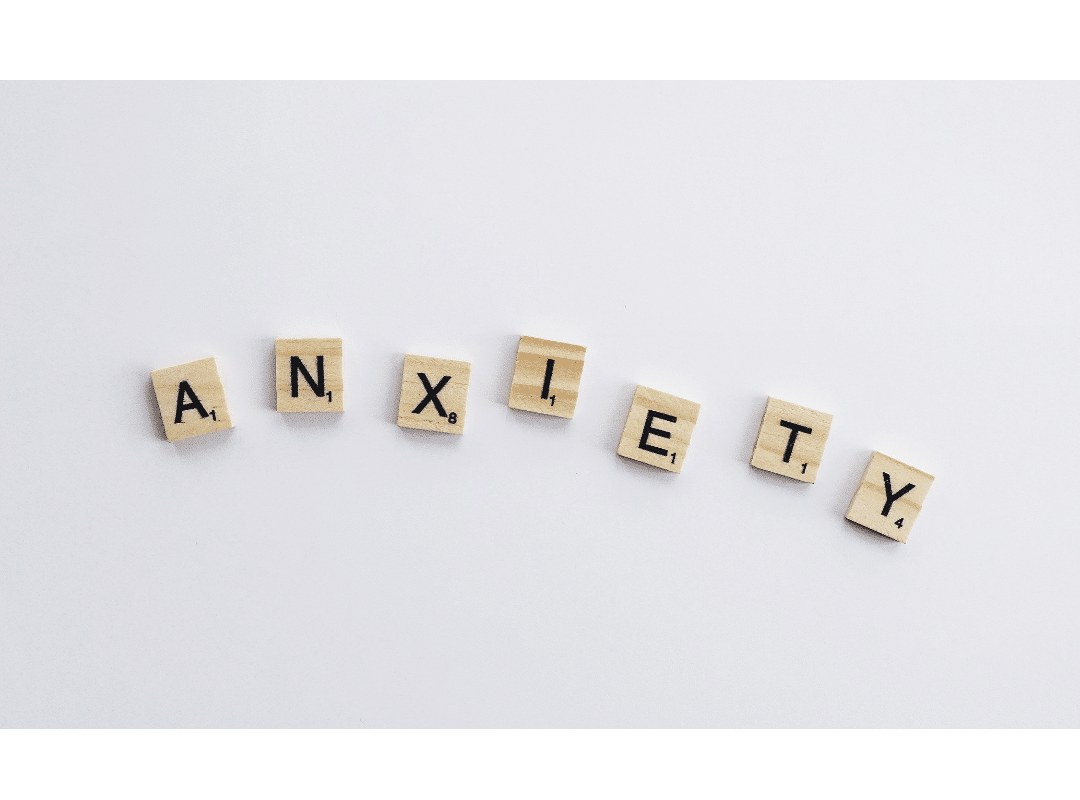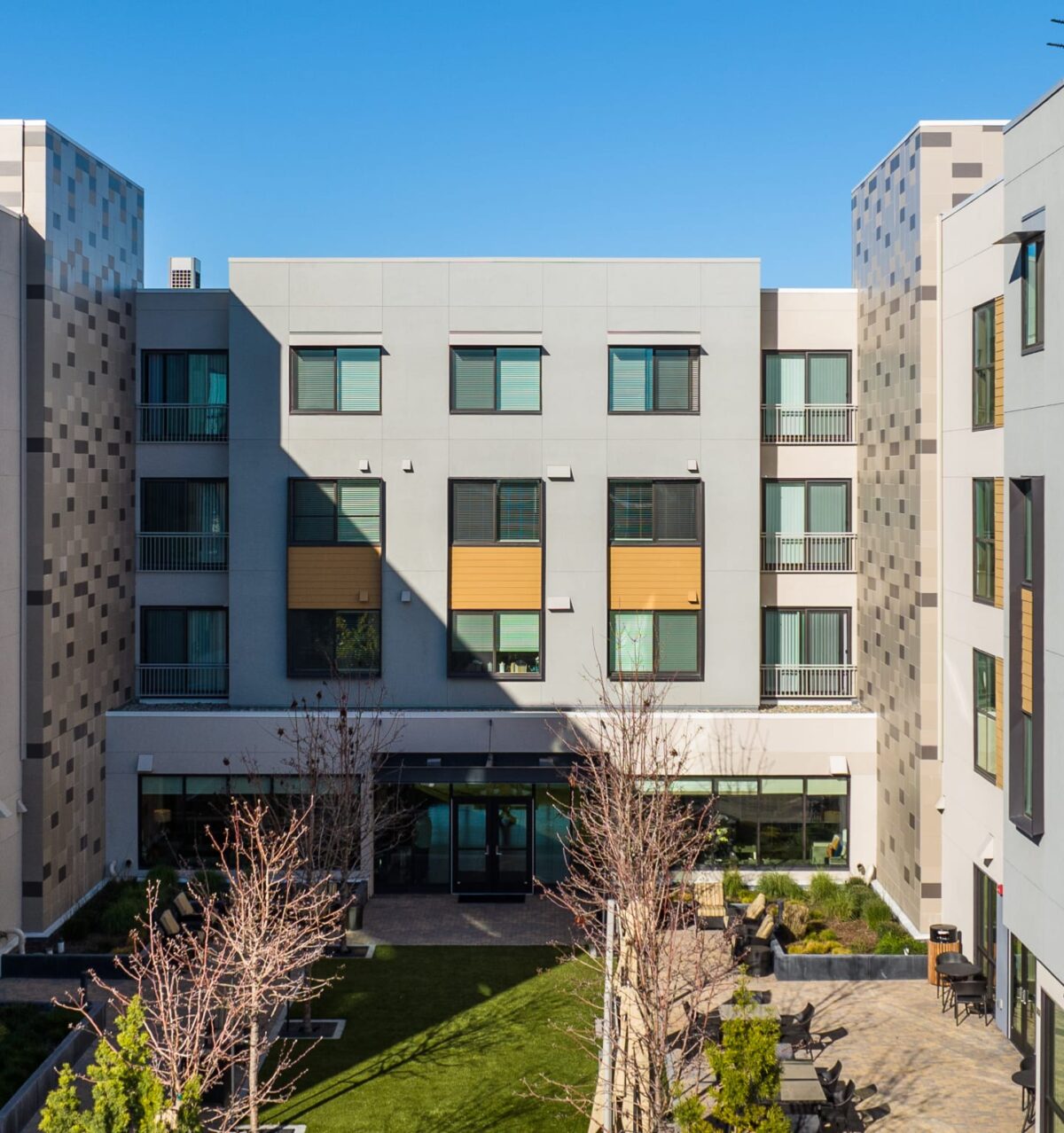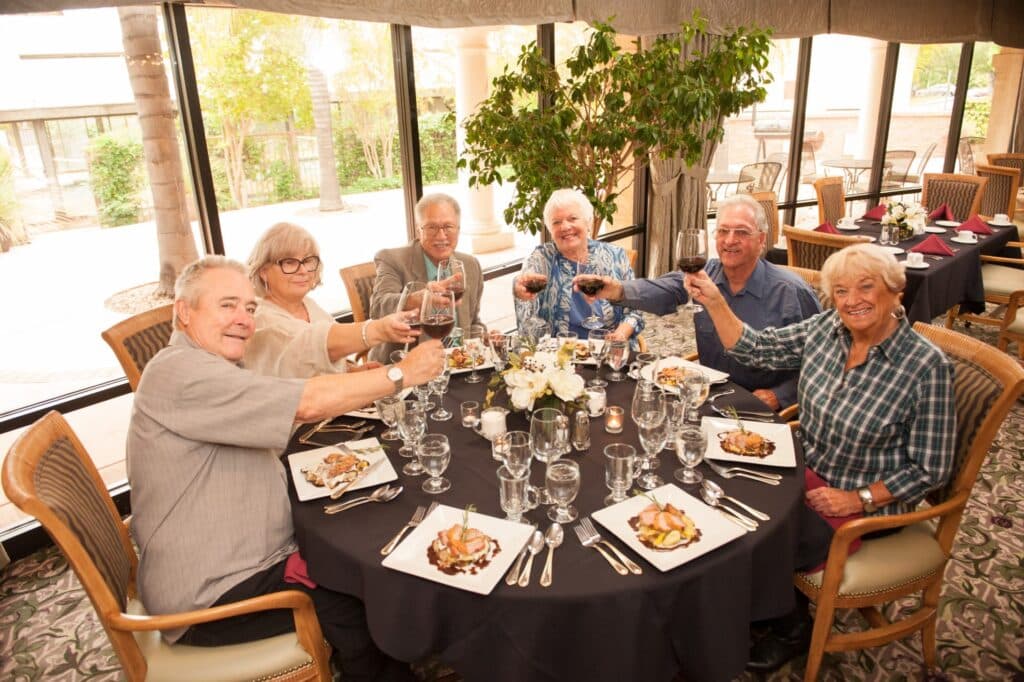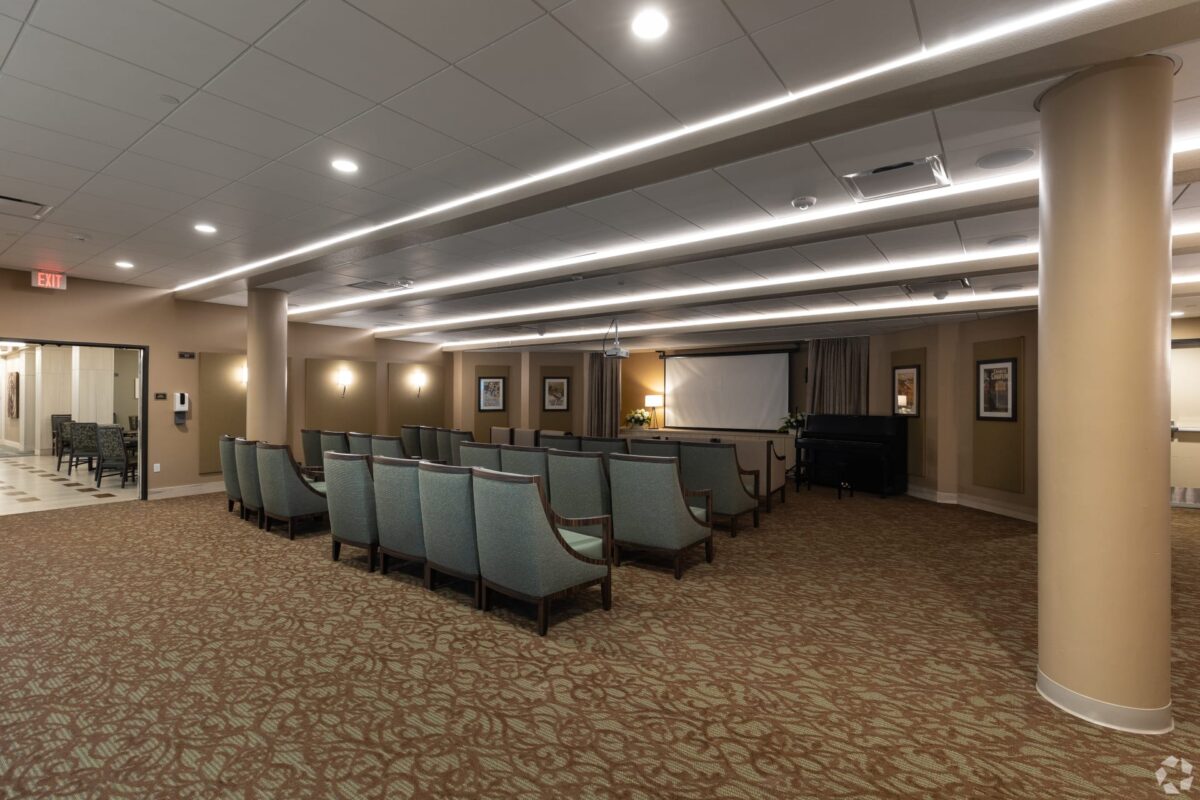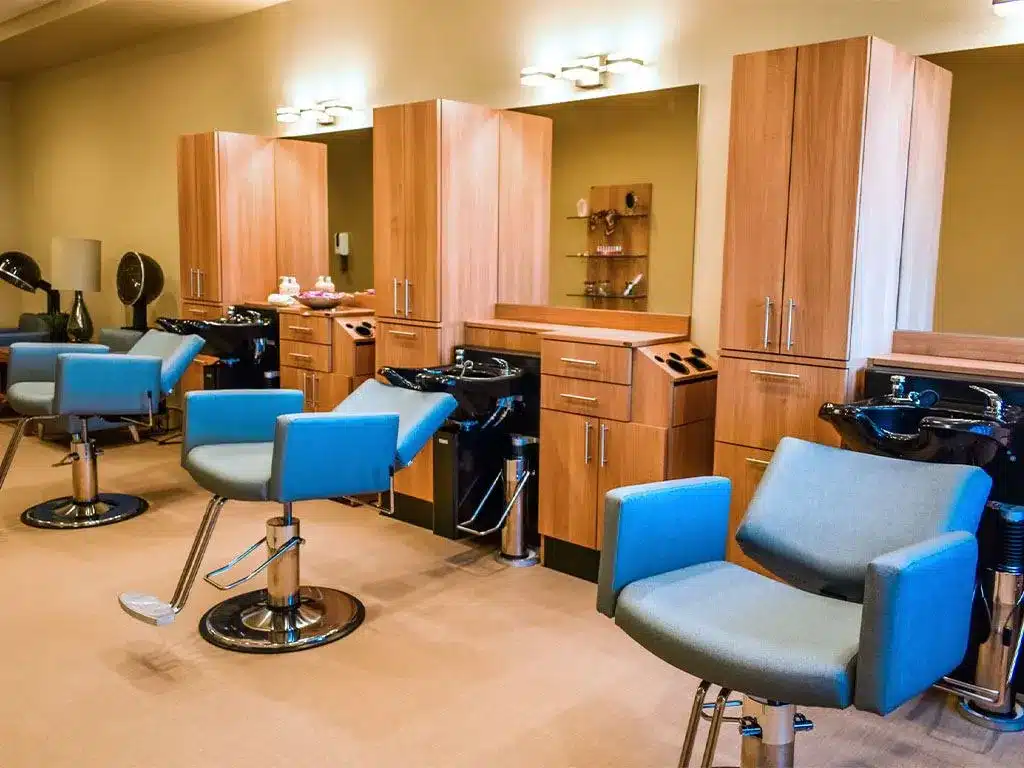Balance Equipment for Seniors: Best Tools for Stability
Balance Equipment for Seniors: Top Tools for Stability
Did you know that nearly 30% of seniors experience a fall each year, making balance a critical focus for maintaining independence? Exploring various balance equipment designed specifically for older adults is vital to enhance stability and reduce fall risks. At Westmont Living, the right tools can greatly impact your confidence and mobility. From self-standing balance poles to stability balls, understanding your options can lead to safer, more enjoyable movement. But how do you determine which equipment best suits your needs and lifestyle? Let us help you find the perfect balance solutions tailored for you.
Balance equipment for seniors
When it comes to maintaining independence and safety, balance equipment for seniors can make a difference. These tools are designed to enhance stability and boost confidence during physical activities, ensuring that you or your loved ones can engage with exercise safely. Lightweight yet sturdy, many balance aids provide support without requiring a tight grip, allowing for ease of use.
Choosing the right equipment is essential. Look for options like self-standing poles or stability balls, which promote mobility and can be integrated into various exercises. These tools especially benefit seniors recovering from injuries or those experiencing limited balance. Engaging with balance equipment fosters physical strength and encourages a sense of accomplishment and resilience. Additionally, using balance aids can help mitigate risks associated with age-related decline, a common cause of balance problems in seniors.
Furthermore, many of these tools are simple to assemble, requiring minimal effort. By selecting the right balance equipment, you’re not just supporting physical health but also helping to enhance overall quality of life.
Investing in balance equipment is a thoughtful way to empower seniors to lead active, fulfilling lives while prioritizing their safety and independence.
Used balance equipment for seniors
Considering the rising costs of new equipment, exploring used balance equipment for seniors can be a practical and budget-friendly option. Many individuals find themselves seeking affordable solutions that maintain quality.
By choosing pre-owned gear, you can still support seniors in their journey toward improved stability and mobility.
When shopping for used balance equipment, look for trusted brands and any signs of wear and tear. You might find items at local thrift stores, community centers, or online marketplaces.
Ensure that the equipment maintains safety standards and functionality to keep users secure during their exercises. Additionally, incorporating health and wellness programs can further enhance the effectiveness of balance training for seniors.
Encourage family members or friends to share their experiences and recommend reliable sources. Remember, the goal is to provide support and enhance the quality of life for seniors, and used equipment can effectively fulfill that need without straining your budget.
Moreover, consider organizing equipment swaps within your community. This fosters a sense of connection and allows seniors to access various tools tailored to their needs.
Best balance equipment for seniors
Exploring the best balance equipment for seniors can greatly enhance their safety and mobility, especially after considering the benefits of used options. When searching for effective tools, look for items that prioritize stability and ease of use.
One excellent choice is self-standing balance poles. These lightweight poles, typically around 47 inches tall, provide sturdy support during exercises. They’re designed for easy assembly and can help improve confidence in balance activities. At around $109.95, they’re trusted by rehab facilities and individuals alike.
Another great option is stability balls. Priced at about $30, these versatile tools can aid in strengthening core muscles while enhancing balance. They come with workout guides, making them accessible even for beginners.
Foam rollers are also beneficial for seniors, priced at approximately $42. They support muscle recovery and improve flexibility, which is essential for maintaining mobility. Incorporating chair workouts for seniors can further enhance overall fitness and stability.
Ultimately, select equipment that matches individual needs and fitness levels, fostering a safe and encouraging environment. Your commitment to helping seniors engage with the right balance tools can significantly improve their well-being and confidence.
Balance equipment for seniors for sale
Finding the right balance equipment for seniors can enhance safety and confidence during exercise routines. When shopping for balance equipment, consider options designed specifically for seniors, like self-standing poles or balance boards. These tools support stability and encourage active participation in physical activity.
You’ll find various products for sale, often with features that promote ease of use, such as lightweight designs and simple assembly. Look for items trusted by professionals and come with positive reviews from users. Popular choices might include balance poles priced around $109.95 or stability balls for about $30, which can considerably improve balance and coordination.
When selecting equipment, consider your loved one’s specific needs and abilities. It’s crucial to choose items that foster confidence without overwhelming them. Incorporating adaptive equipment can significantly enhance mobility and support safe exercise routines.
Many retailers also offer additional resources, like exercise charts, making incorporating these tools into daily routines easier. By providing the right balance equipment, you’re enhancing safety and encouraging a more active, fulfilling life for seniors in your care.
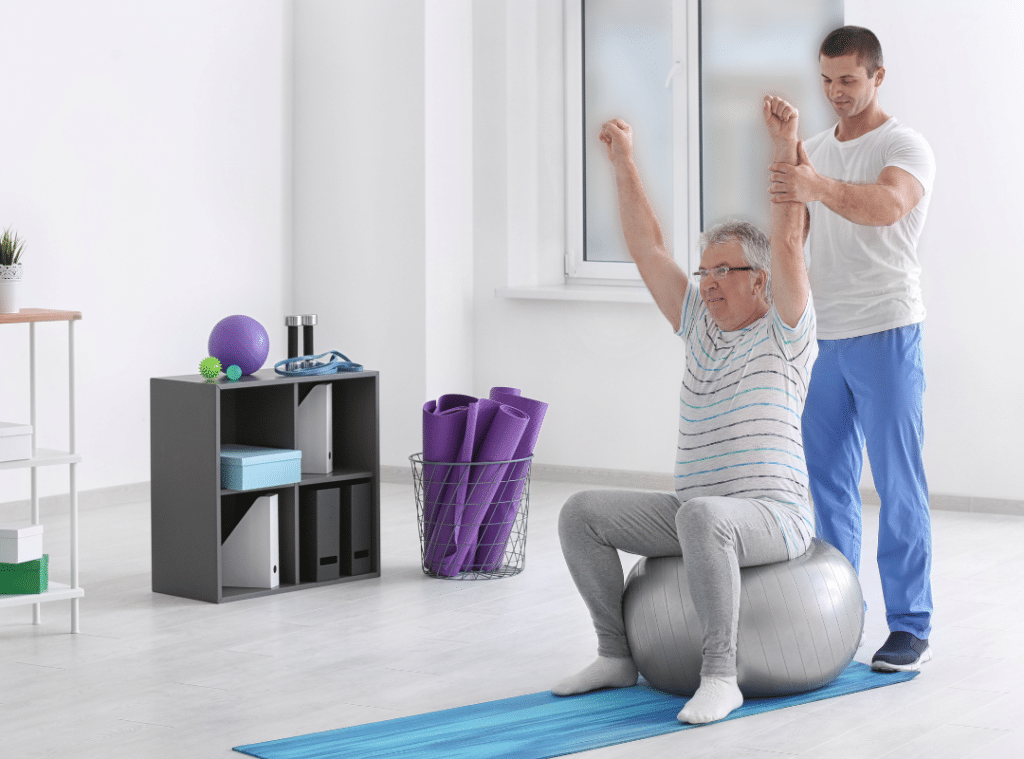
Balance equipment physical therapy
Many people underestimate the role of balance equipment in physical therapy, yet it can make a significant difference in recovery and mobility. Using balance tools, you can enhance your stability and confidence during exercises. These equipment are designed to support you as you regain strength and coordination, making your rehabilitation journey more effective.
Incorporating balance equipment into your physical therapy routine can help reduce the risk of falls and injuries. You’ll find that tools like stability balls, balance boards, and resistance bands provide an engaging way to work on your balance and strength. They allow you to practice movements that mimic daily activities, ensuring you feel more secure in your environment.
It’s essential to recognize that everyone’s journey is different. By working closely with your physical therapist, you can choose the right equipment tailored to your needs.
This personalized approach not only aids in recovery but also fosters a sense of accomplishment as you progress. Remember, the goal is to enhance your quality of life and empower you to enjoy activities with greater ease and safety.
Best equipment to improve balance
Incorporating balance equipment into your routine can markedly enhance your stability and confidence, especially as you work on your recovery or fitness goals.
One excellent option is stability poles, designed to provide support during balance exercises. These lightweight poles stand at 47 inches, making them easy to grip and maneuver. They’re perfect for early rehabilitation patients and seniors alike.
Another fantastic choice is a stability ball. This versatile tool improves balance and engages your core, enhancing overall strength.
Consider adding a foam roller to your routine as well; it helps with muscle recovery and flexibility, making it easier to perform balance exercises safely.
A suspension trainer can be a great addition if you’re looking for something more dynamic. It allows you to perform various balance and strength exercises using your body weight, letting you adjust the difficulty as you progress.
When selecting equipment, focus on options that promote safety ease of use, and are suited to your current fitness level.
With the right tools, you can create an environment that supports your journey toward improved stability and overall well-being.
Balance boards for seniors
Balance boards can be a game-changer for seniors looking to enhance their stability and coordination.
These versatile tools promote better balance and engage core muscles, making them an excellent addition to your fitness routine.
Using a balance board allows you to practice movements safely, boosting your confidence as you improve.
Here are some key benefits of balance boards for seniors:
- Enhances Coordination: Focus on maintaining balance and stability while standing or moving.
- Improves Core Strength: Engaging your core muscles helps support better posture and stability.
- Encourages Safe Movement: Practicing on a balance board can help prevent falls during daily activities.
- Increases Flexibility: Gentle movements on the board can improve joint flexibility and range of motion.
- Builds Confidence: As you see progress, your confidence in your physical abilities increases.
Incorporating balance boards into your exercise routine can lead to a more resilient and active lifestyle.
Whether recovering from an injury or simply looking to maintain your balance, these boards offer a supportive way to achieve your goals.
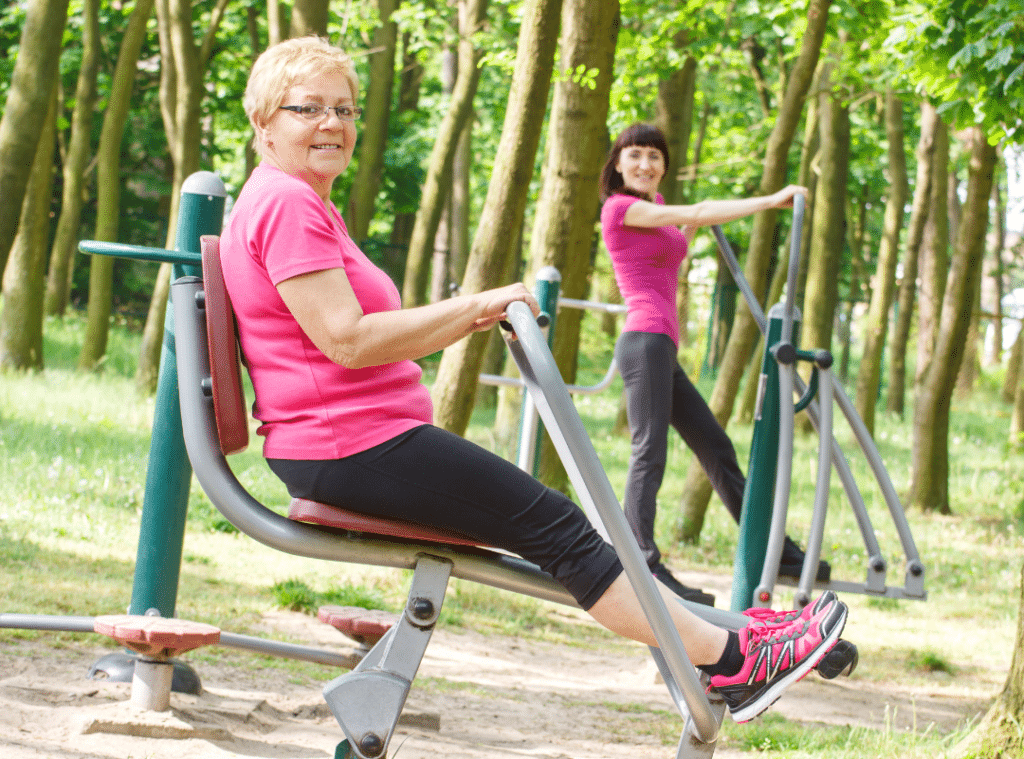
Upper body exercise equipment for seniors
As you work on improving your balance with tools like balance boards, don’t forget the importance of strengthening your upper body. Strong arms and shoulders are essential for maintaining stability, especially during everyday activities.
Consider incorporating lightweight dumbbells or resistance bands into your routine. These user-friendly tools can easily be adjusted to match your fitness level.
Resistance bands, in particular, are versatile and can be used for various exercises, including bicep curls and tricep extensions. They provide support while helping to build strength gradually.
Dumbbells, like the Amazon Basics Dumbbell Set, are perfect for more targeted workouts, allowing you to focus on specific muscle groups.
A stability ball can enhance your routine by engaging your core while working your upper body. It’s not only fun but also effective.
Remember, you’re not just building strength but boosting your confidence and independence. You’re paving the way for a more active and fulfilling life by choosing the right equipment.
Embrace these tools, and you’ll see improvements in your upper body strength and overall stability.
Incorporating balance equipment into your routine can genuinely transform your physical activity experience. At Westmont Living, we believe that “An ounce of prevention is worth a pound of cure.” By prioritizing stability and strength, you’re reducing fall risks and boosting your confidence and independence. Embrace these tools and take proactive steps toward a healthier, more active lifestyle. With each small improvement, you’ll find greater joy and accomplishment in your daily activities. You’ve got this! For more information, feel free to contact us at (858)456-1233.
Questions on Balance Exercises and Equipment for Seniors
- What is the number 1 exercise to increase balance in seniors?
One of the best exercises to improve balance in seniors is the single-leg stand. It strengthens the leg muscles, improves coordination, and enhances overall stability. Hold onto a sturdy surface like a chair or countertop to practice safely until you’re confident balancing on one foot. - What exercise equipment is best for balance?
Equipment like balance boards, stability balls, and resistance bands improve balance. These tools help strengthen core muscles and enhance coordination. Balance boards, in particular, provide a dynamic surface to practice stability and challenge your reflexes. - Is the 60 and up balance board worth it?
The 60 and Up Balance Board is designed specifically for seniors and is generally worth it if you’re looking for a safe way to improve balance and reduce fall risk. Its stable design and support features make it suitable for older adults, especially those new to balance training. - Is a balance board good for seniors?
Yes, a balance board can benefit seniors as it helps improve stability, strengthen leg and core muscles, and enhance coordination. Look for a board designed for beginners or older adults to ensure safety and ease of use during workouts.


















